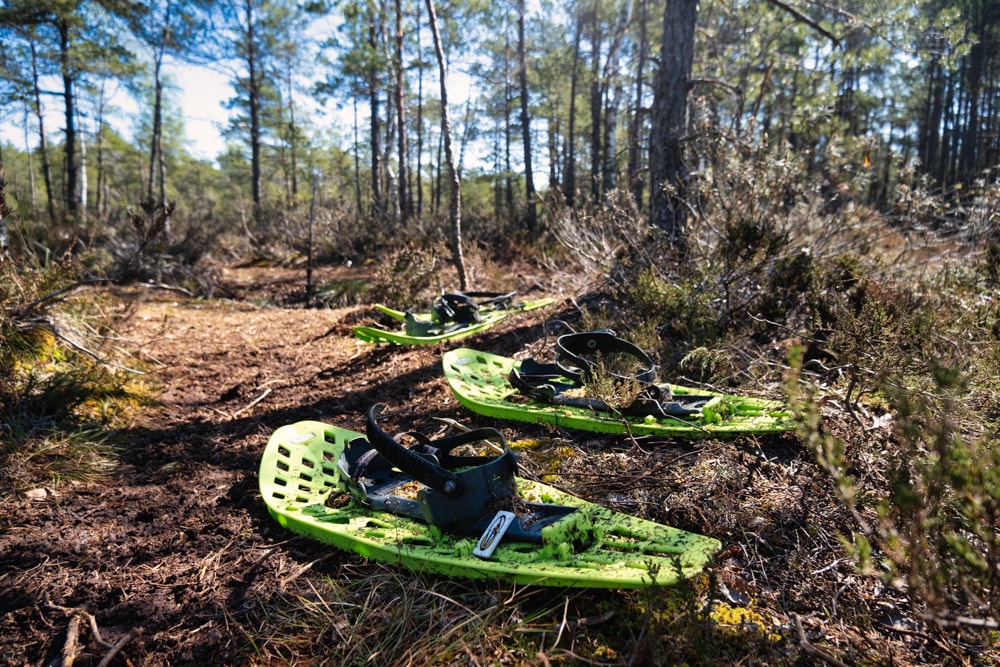Bogshoeing in Latvia? Nope, we hadn’t heard of it either. But the wetlands of Ķemeri National Park are more than a bog-standard destination
It’s a cliché I know, but travel never ceases to surprise me. I’ve hiked all over the world – from high-altitude treks in Nepal and Pakistan to remote expeditions in Greenland and Norway – so when I was invited to the tiny Baltic nation of Latvia with its highest point just 312m (1,024ft) above sea level, I wasn’t expecting to find much in the way of expansive wilderness. But, despite its size, Latvia devotes a substantial amount of space to nature and outdoor pursuits.
My itinerary included a morning in the swamps of Ķemeri National Park located around 40km (25mi) from the capital, Riga. Throughout the 19th and early 20th centuries, Ķemeri, known for its curative mud and spring water, was a popular spa resort attracting well-to-do travellers from as far away as Moscow. Despite its pungent smell (not too dissimilar to rotten eggs), the sulphurous water is perfectly drinkable and boasts numerous health benefits.
The well-heeled tourists of yesteryear may have somewhat dried up, but the region still attracts nature lovers looking to escape the urban sprawl of Riga. While the grand buildings of the former resort, therapeutic mud and sulphur water remain, today the region is better known for its pristine peat bogs, mossy forests and peaceful lakes.
Tourists come instead to wander the park’s trails and boardwalks or partake in outdoor activities such as rafting, stand-up paddleboarding and the rather unusual phenomenon of bogshoeing.
Now, if you’ve never heard of bogshoeing, then you’re not alone. It was entirely new to me as well.
Bogshoeing in Ķemeri Bog
The first thing that struck me when I arrived at Lielais Kemeru Tirelis (Ķemeri Bog) was the birdsong. The small car park, nestled in a thick copse of beech and pine trees, was alive with the chatter of wagtails, wood sandpipers, golden plovers and the occasional but distinctive squawks of cranes.
I was soon joined by my guide for the morning, Kristaps from Purvu Brideji (meaning ‘swamp groom’ in Latvian). A geographer and cartographer, Kristaps has been leading winter snowshoeing excursions around Ķemeri since 2015 and recently launched bogshoeing outings during the spring and summer months.
Click Here to Read the Full Original Article at Atlas & Boots…
